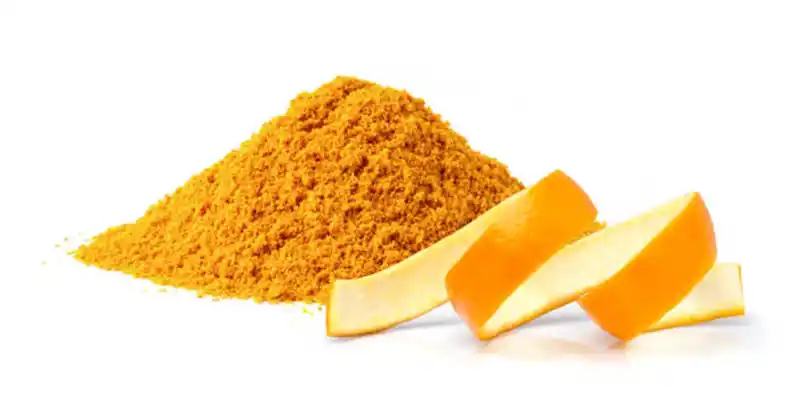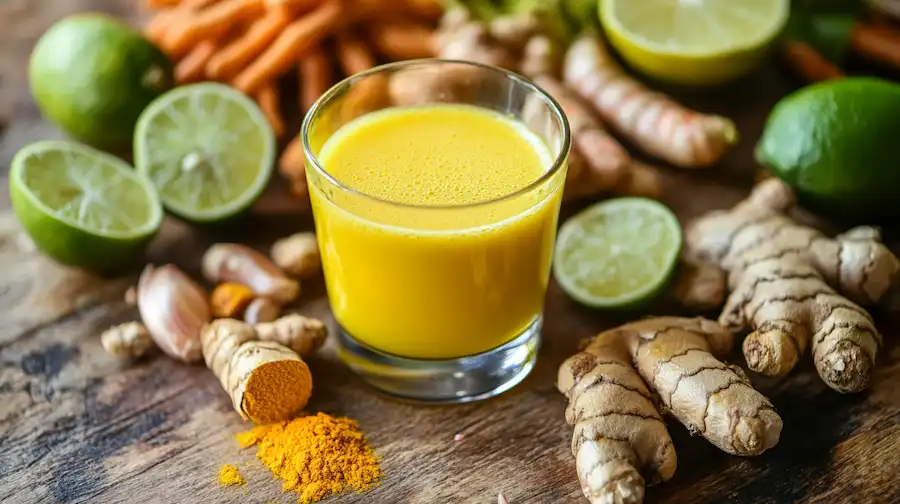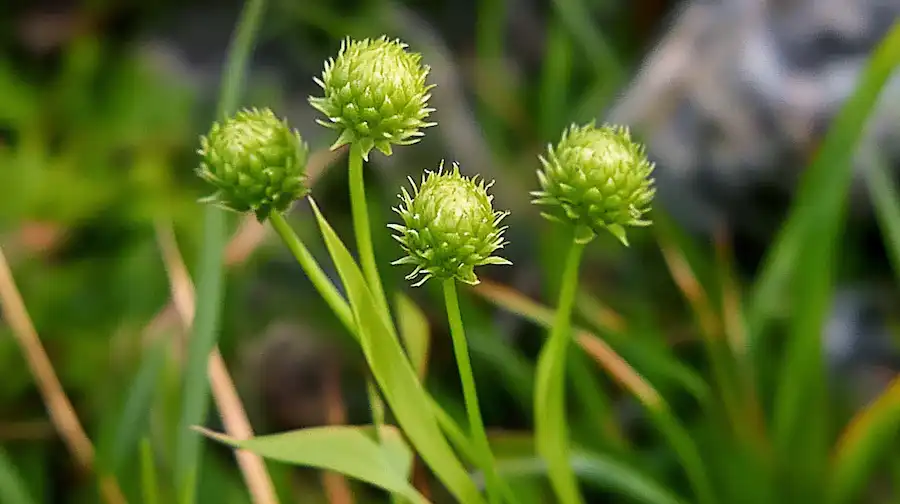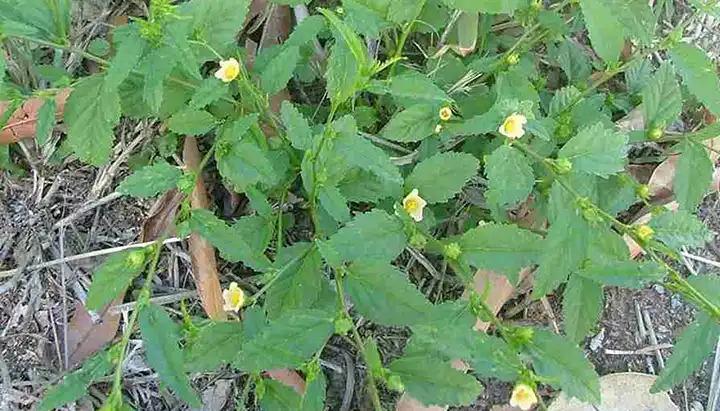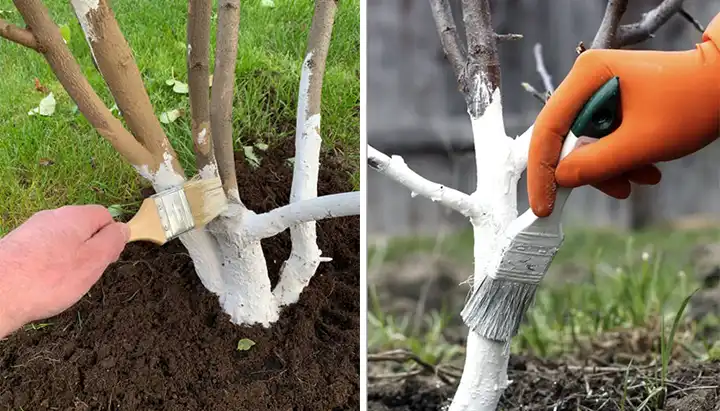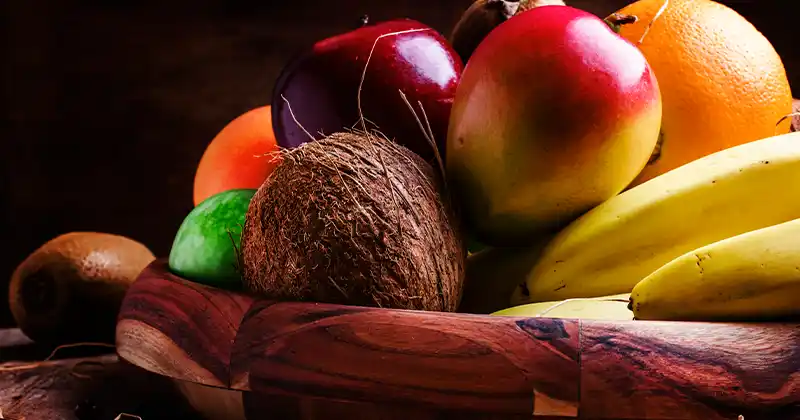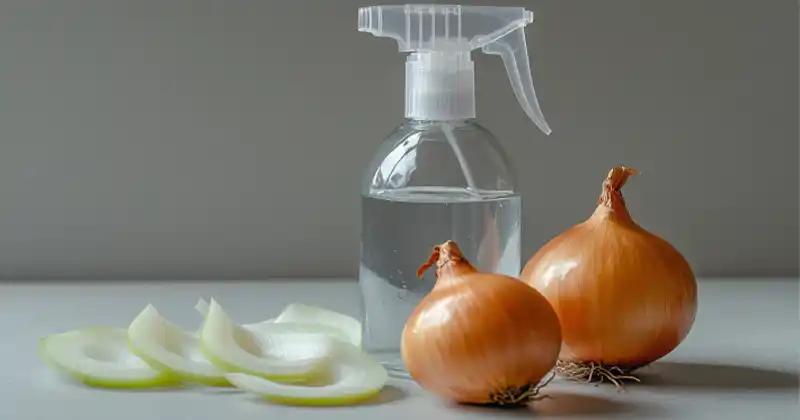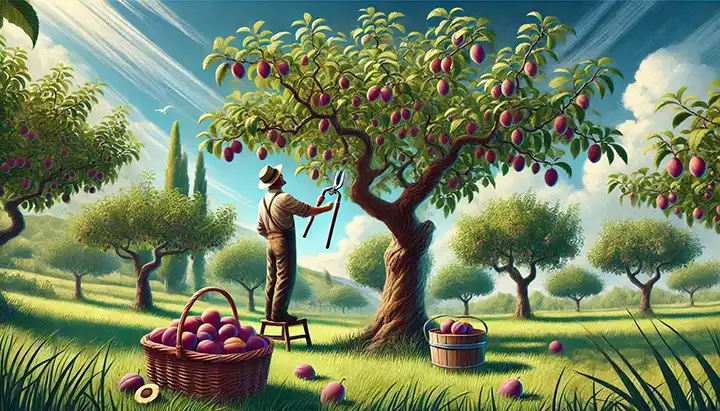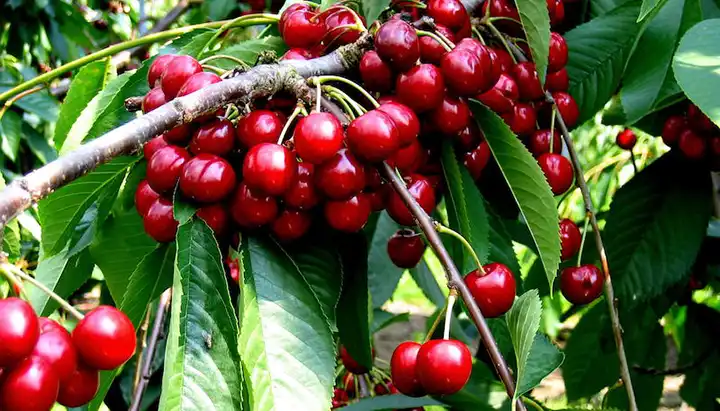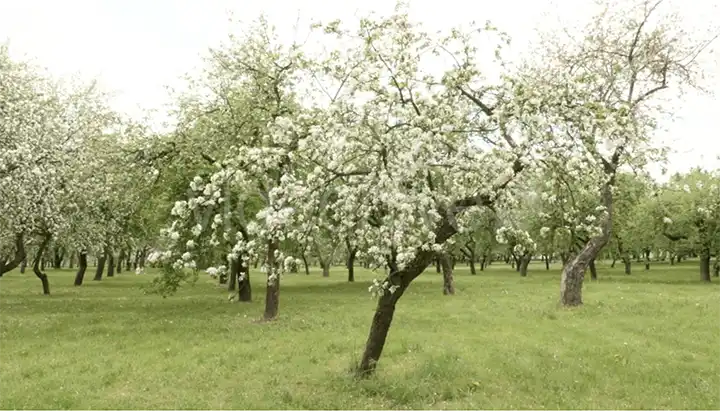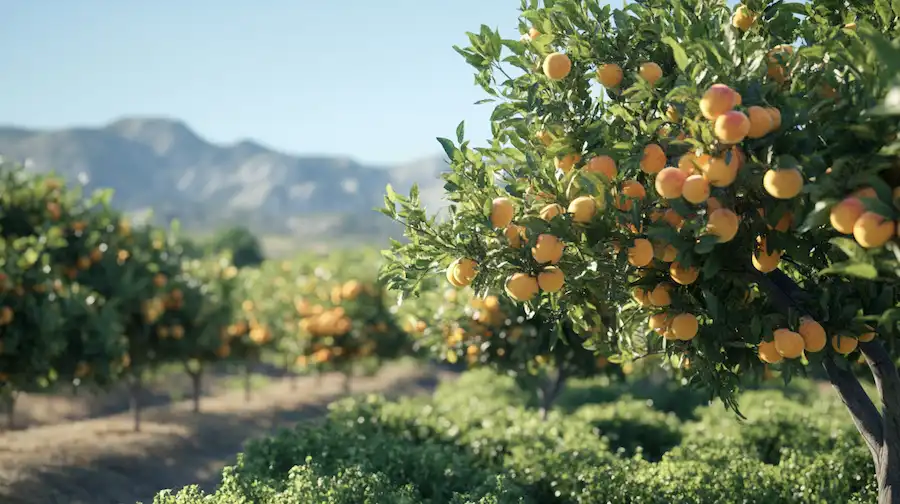How to Grow Pumpkins at Home in Containers
Growing pumpkins in containers can be a rewarding and enjoyable experience, allowing you to harvest your own fresh pumpkins even if you have limited space. Here’s a detailed guide to help you successfully grow pumpkins at home in containers:

Choosing the Right Container:
- Size: Opt for a container that’s at least 15 gallons in volume, allowing sufficient space for the pumpkin plant’s roots to spread.
- Depth: Ensure a depth of at least 18 inches to accommodate the deep root system of pumpkin plants.
- Drainage: Ensure proper drainage by drilling holes in the bottom of the container to prevent waterlogging.
Selecting the Right Pumpkin Variety:
- Container-Friendly Varieties: Choose compact or bush varieties like ‘Small Sugar,’ ‘Baby Boo,’ or ‘Jack Be Little’ that are suited for container growth.
- Consider Space: Some varieties require more space, so pick a variety that suits the size of your container.
Soil and Planting:

- Soil Mix: Use a rich, well-draining potting mix with organic matter. Mix compost or aged manure for added nutrients.
- Planting Seeds: Sow 2-3 pumpkin seeds about 1 inch deep in the center of the container. Once they sprout, thin to the healthiest seedling.
- Spacing: If planting multiple seeds, space them at least 18-24 inches apart.
Watering and Sunlight:
- Watering: Keep the soil consistently moist, but not waterlogged. Water deeply, allowing the soil to dry slightly between waterings.
- Sunlight: Ensure your container is placed in a spot receiving at least 6-8 hours of sunlight daily for optimal growth.
Care and Maintenance:
- Support: Place a trellis or support structure near the container as the vines grow. You can gently train the vines to climb the support, providing better airflow and preventing rot.
- Fertilization: Apply a balanced, slow-release fertilizer or a liquid fertilizer diluted to half strength every 2-3 weeks.
- Pruning: Trim excess foliage and smaller fruits to redirect the plant’s energy towards the main pumpkin.
Pest and Disease Control:
- Pests: Regularly inspect for pests like aphids, squash bugs, or cucumber beetles. Use organic insecticidal soap or neem oil for control.
- Diseases: Powdery mildew can affect pumpkins. Ensure good airflow around the plant and use fungicides if needed.
Harvesting:
- Timeline: Pumpkins typically mature in 75-100 days, depending on the variety.
- Signs of Maturity: Look for a deep, consistent color, hard rind, and dried stem. The pumpkin should sound hollow when tapped.
- Harvesting: Use pruning shears to cut the pumpkin from the vine, leaving a few inches of stem attached.

Growing pumpkins in containers requires attention to detail, especially regarding soil quality, watering, sunlight, and pest control. With the right care and maintenance, you can enjoy the rewarding experience of harvesting your own pumpkins at home, even in limited space.
Remember, gardening often involves trial and error, so don’t be discouraged by setbacks. Enjoy the process, and each attempt will provide valuable insights for future success.
